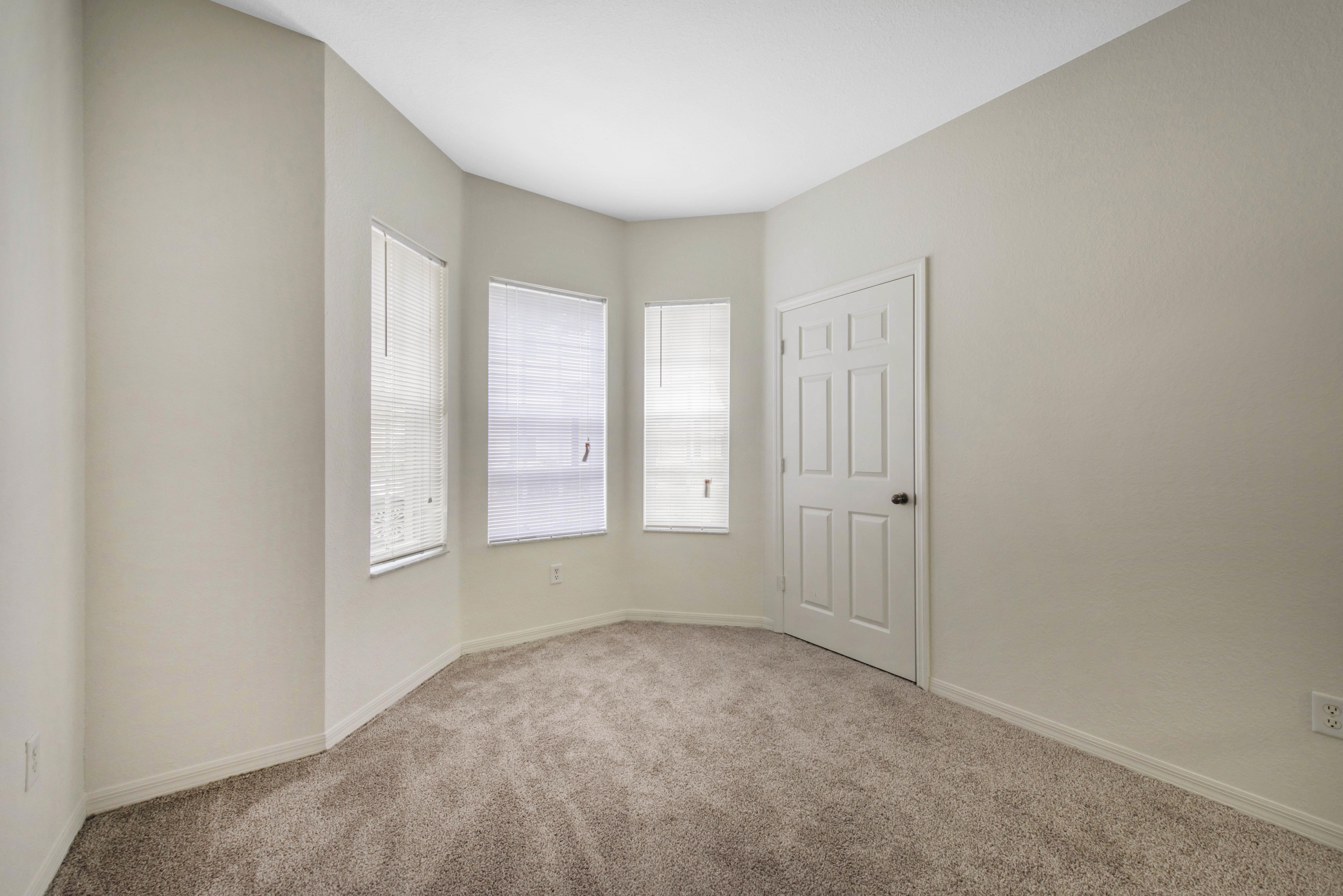Mold can be a serious cause of respiratory problems as well as other health conditions because mold produces irritants and allergens. This is why it is important to know how to prevent mold on drywall as well as stop mold from building up anywhere else in your home. But since mold spores spread easily, this problem cannot be completely eliminated. It can, however, be curbed. Here are a number of ways to prevent mold from thriving on your walls.
How to Prevent Mold on Drywall through Moisture Control
The key to preventing mold from building up is moisture control. It is best to keep the humidity level of your home under 60%. You can monitor humidity levels with a moisture meter that you can get from any hardware store. Once you have this installed, you can detect high humidity, which means you can pay more attention to problem areas in your house. You will know that these areas have excessive humidity levels if there is condensation on pipes, walls, and windows. If you see this, dry the surface at once and fix the source of moisture.

Another way to control moisture is to direct water away from your house. You would need to be sure that the ground around your home is sufficiently sloped away from its foundation. If not, then water can fill the area and seep into your basement. In relation to this, it is always best to repair or clean roof gutters regularly. If your room is leaking because of damaged gutters, you would need to get them inspected and have them repaired immediately. Take note that other leaks can come from dilapidated old pipes, the foundation of the house, and walls. If you see water stains on the wall, you may have to check your HVAC units. They may need to be drained.
Improving airflow in your home significantly reduces moisture. This is because as temperatures drop, the air holds less moisture. So without good airflow, that excess moisture may make their way onto your walls, floors, and windows. Make it a practice to regularly open the doors between the rooms, as well as open doors to your closets that may be colder than the rooms they are in. You may also need to move furniture away from the walls. Further, prevent mold with proper ventilation in the kitchen, laundry room, bathroom, and other areas where you know there are high moisture levels. Open a window when you are washing dishes, cooking, or taking a shower. An exhaust fan does the trick, too.

Use mold-resistant products in your home. If you plan to renovate, use mold-resistant products like mold-resistant Sheetrock, mold-resistant drywall, and mold inhibitors for paints. Mold-resistant drywall does not have any paper at all. This is because the gypsum core is covered with fiberglass, making its surface water-resistant. You can use these types of walls in bathrooms, basements, kitchens, and laundry rooms. One other way to control moisture is to make sure to tackle any wet area immediately. This can be very tiresome but necessary. Do not ever leave wet items unattended around the house, always dry the walls and the floor after a shower. Do not leave your wet clothes in the washing machine. Hang them at once in an area with good circulation.

Other Things to Know About Mold
Aside from those mentioned earlier, the other problem areas in your home that you need to be aware of are moisture from plumbing leaks, foundation leaks, water under the house, ductwork condensation, bath vent fans, air filters, and vent gas appliances. Be very particular with dealing with those moisture issues so you put a stop to the spread of mold.
When it comes to air conditioners, you would need to be particular with buying one that is properly sized for your house and the climate you are living in. An oversized unit will cool the house down faster, but it will not remove that much moisture from the air. One of the best things to add in your home is a dehumidifier if you live in high-humidity areas.

If, after going through all these tips, you still have molds, then you could be experiencing a hidden mold problem. Maybe mold has grown in areas you may not be aware of like under ceiling tiles, wallpaper and in heating and AC vents. The best thing to do in this case is to call a professional and get your house inspected. Call in the experts because among others, they definitely know how to prevent mold on drywall and in every nook and cranny of your home.

